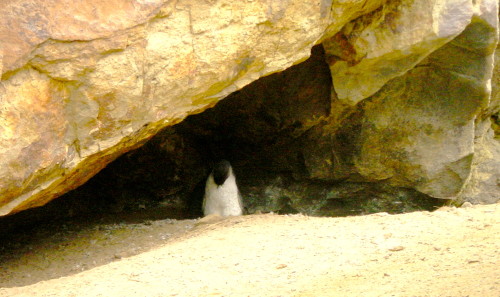The word maybe is out. We might see some, but there is no guarantee. We came to this spot on New Zealand South Island to see the yellow-eyed penguin, the rarest and most endangered of all penguins. Surprisingly, more of them live in this warmer climate than in ice-covered Antarctica.
Our guide warns us that cruise shore excursions don’t always coincide with the penguins’ daily activities. But “one” might oblige us with a swim. One? She then goes on: the drive and the short walk are a bit of a challenge. Do we still want to go? We do.
After this introduction, what’s left of our group ponders both the opportunity of a sighting and Argo, our amphibious 8-wheel-drive vehicle, a cross between a tank and a boat
Cruising Down-Under
We are on a Sapphire Princess cruise from Auckland, New Zealand, to Sydney, Australia plus a stop in Hobart, Tasmania. Among other animals, we’ll see kangaroos, Tasmanian devils, and birds, all endemic to the down-under territories. But here at the Otago Peninsula in New Zealand, deemed by the British botanist David Bellamy the finest ecotourism destination in the world, it’s all about seeing, or not seeing, the “hoiho,” or noisemaker in the Maori language, because of its shrill call.
A minibus takes us to Taiaroa Head, the tip of the Otago Peninsula. There, we check in at Natures Wonders for our eco-tour of the pristine headlands and Penguin Beach. The Reid Family owns the facility and funds its own conservation project on its sheep farm.
Looking for Hoiho
Argo slides on a plateau of lush meadows lofted on hills above the Pacific Ocean. Nonchalant woolly sheep watch us pass by as a boring intrusion.
Argo then begins to wiggle its way down a muddy path, and it’s quickly evident that we chose the worst seats on the vehicle. Mud squirts from the back wheels and spatters our waterproof jackets although not our rubber boots. Never mind, I hang on to my seat at the sight of the fast-approaching edge of the cliff. As Argo abruptly tilts toward the incline, the driver sits at a steep angle below us. I don’t feel safe on our perch of this sideless vehicle, but everything seems under control.
When Argo reaches sea level, I look back and dismiss the thought of the return trip. By now, I’d be content to see only one yellow-eyed penguin.
Around us on the beach, gooey green masses look like giant spinach fettuccini. Our guide says they are seaweeds stuck in mini lagoons created by the low tide. Fur seals sunbathe on the nearby rocks, enjoying the cool splashes of the waves. No penguin is in sight yet, not even one of the expected little blue penguins.
It’s time to follow our guide up the path to a wooden observatory along the cliffside. Then we begin to spy on penguins. I doubt we’ll be able to notice their typical yellow iris and headband from this distance.
“There!” someone says. I grab one of the pairs of binoculars at the disposal of visitors and stare intently at a lens-zoomed hoiho. The bird barely stands outside a rocky cave, having selected a site protected from the sun. It could retreat at any moment, and this could be my only chance to see it. I frantically get hold of my camera and snap: I got it!
This rarest of all penguins is chubby and colorful. Other than yellow eyes, it shows off a creamy brown bill, a mostly white body, a black chin and cheeks flecked with yellow, a blue back and tail, and pink and black feet. It’s the only penguin we see. “The best viewing is from November to February,” our guide says. We are at the tail end of it, and it’s molting time: when they are the least active.
Protecting the Yellow-Eyed Penguin
Sadly, the bird population declined by more than 50 percent since the mid-1990s. In 2004, sixty percent of the chicks died from unknown causes on the Otago Peninsula. Then, in February 2013, fifty-six adults were found dead on the beaches and in breeding areas, perhaps from marine bio-toxins. The estimated 500 breeding pairs in 1981 have declined to 200 in 2018.
The penguins live on land and at sea and can loaf some 20 kilometers from their nesting areas. They need the marine environment for food and to reach neighboring colonies to mate. For this reason, the Department of Conservation and the Yellow-eyed Penguin Trust work to rehabilitate the forests and shrubland degraded by human activities.
Hoiho needs all the help it can get. Natural predators, man-made obstacles, and diseases are not the only culprits looming over the yellow-eyed penguin’s survival. It’s also the only species of penguins that won’t be tamed, and what’s more, it’s the least social: Hoiho is a solitary breeder.
In the end, one can’t blame a bird that may be the most ancient of all living penguins and the only species left in its genus.
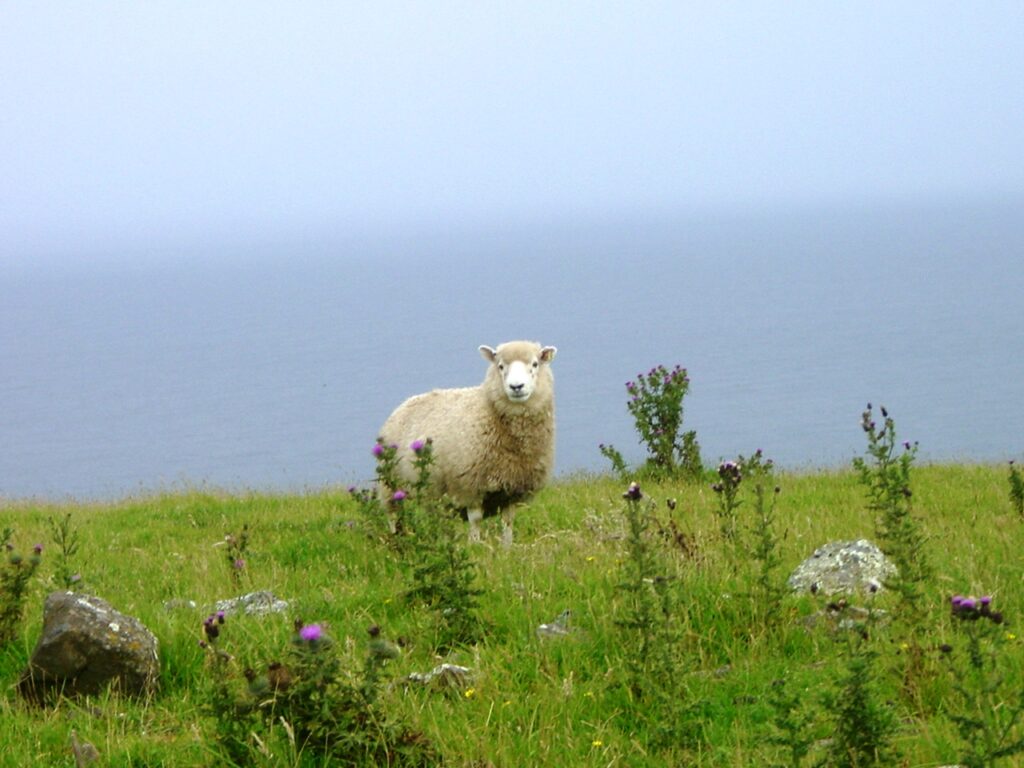
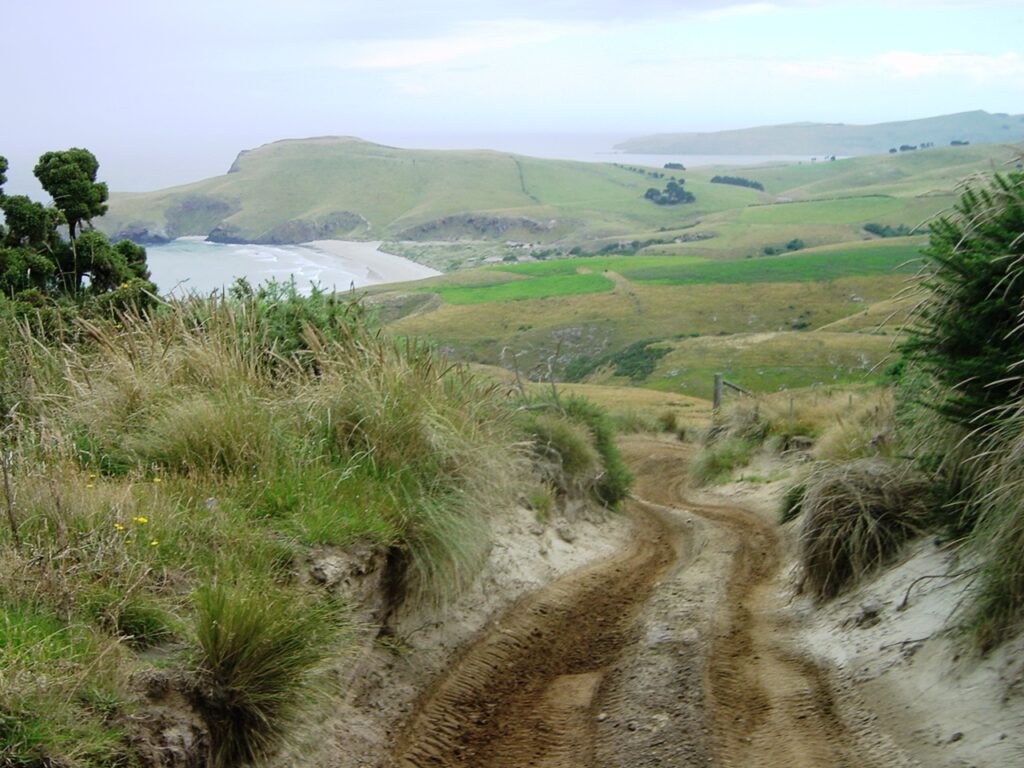
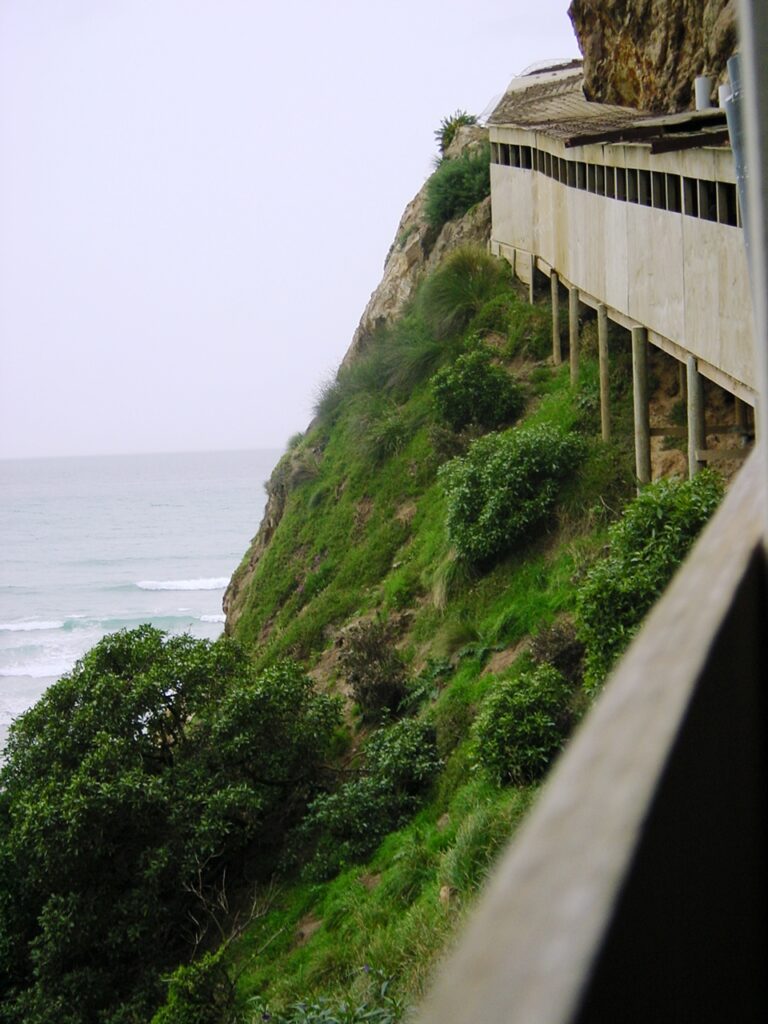
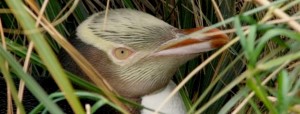
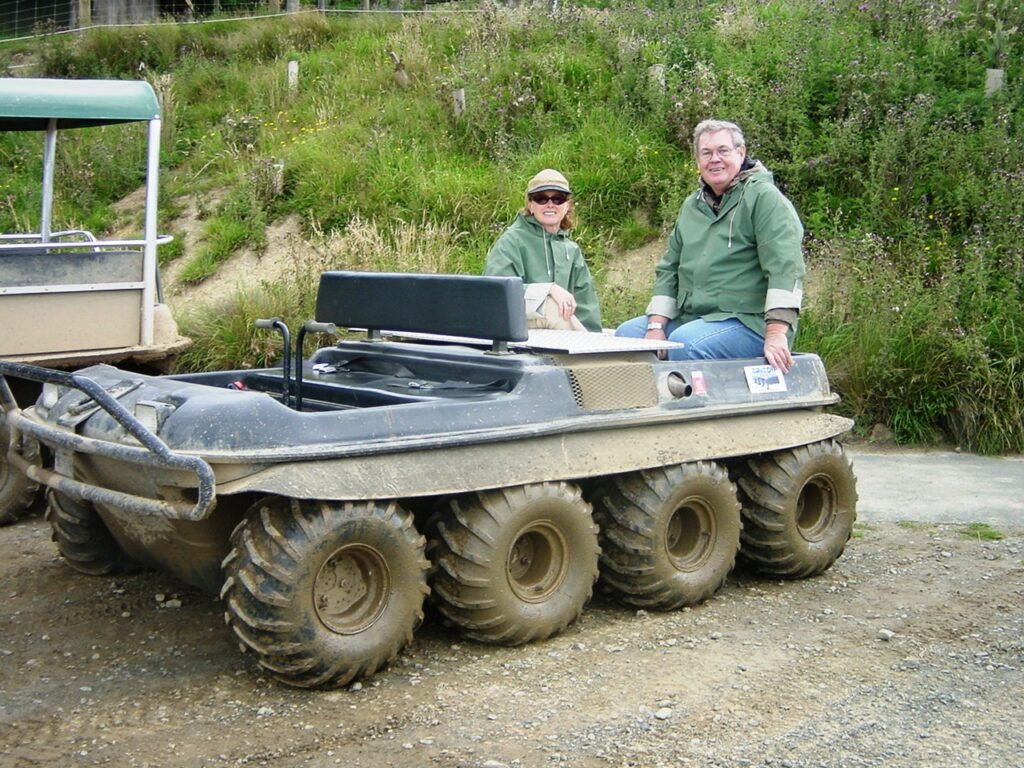
Original article Buckettripper 2013 – Revised 2022

